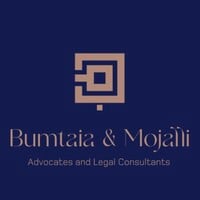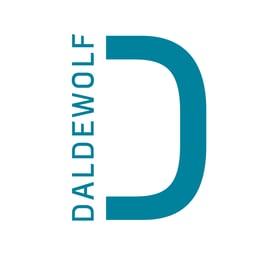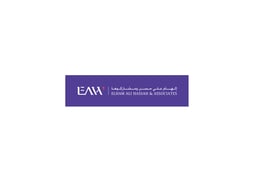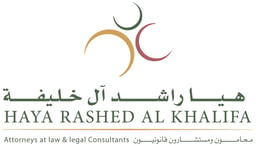
Bahrain


ASAR – Al Ruwayeh & Partners

Baker & McKenzie Limited

Bumtaia & Mojalli Advocates and Legal Consultants

Charles Russell Speechlys LLP

DALDEWOLF

DLA Piper Middle East LLP

Elham Ali Hassan & Associates (EAH Law)

Hassan Radhi & Associates

Haya Rashed Al Khalifa Attorneys at Law & Legal Consultants
Manal Dhahi Legal Consultants & Attorney

Monard Law

Monard law, joined by Buyle

Newton Legal

Trowers & Hamlins LLP

Verhaegen Walravens

Werksmans Attorneys


